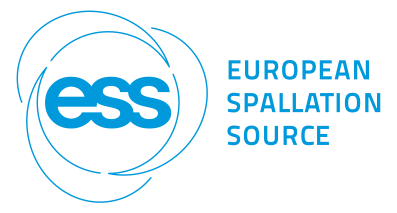Description
A new class of McStas components records the details of each neutron interaction with guide surfaces. The resulting data can be refined using large-scale data analysis tools (e.g. python’s pandas package). This enables a detailed study of e.g. the reflectivity of the guide coating required on each surface of each segment for ideal neutron transport of guide designs, especially of those following non-trivial geometries. Other applications include the investigation of outliers in phase space, correlation between certain guide surfaces, and the significance of individual guide surfaces.
In this talk, we will discuss inner workings of the components themselves and provide examples of how they were used to optimize several beam line designs at ORNL.
